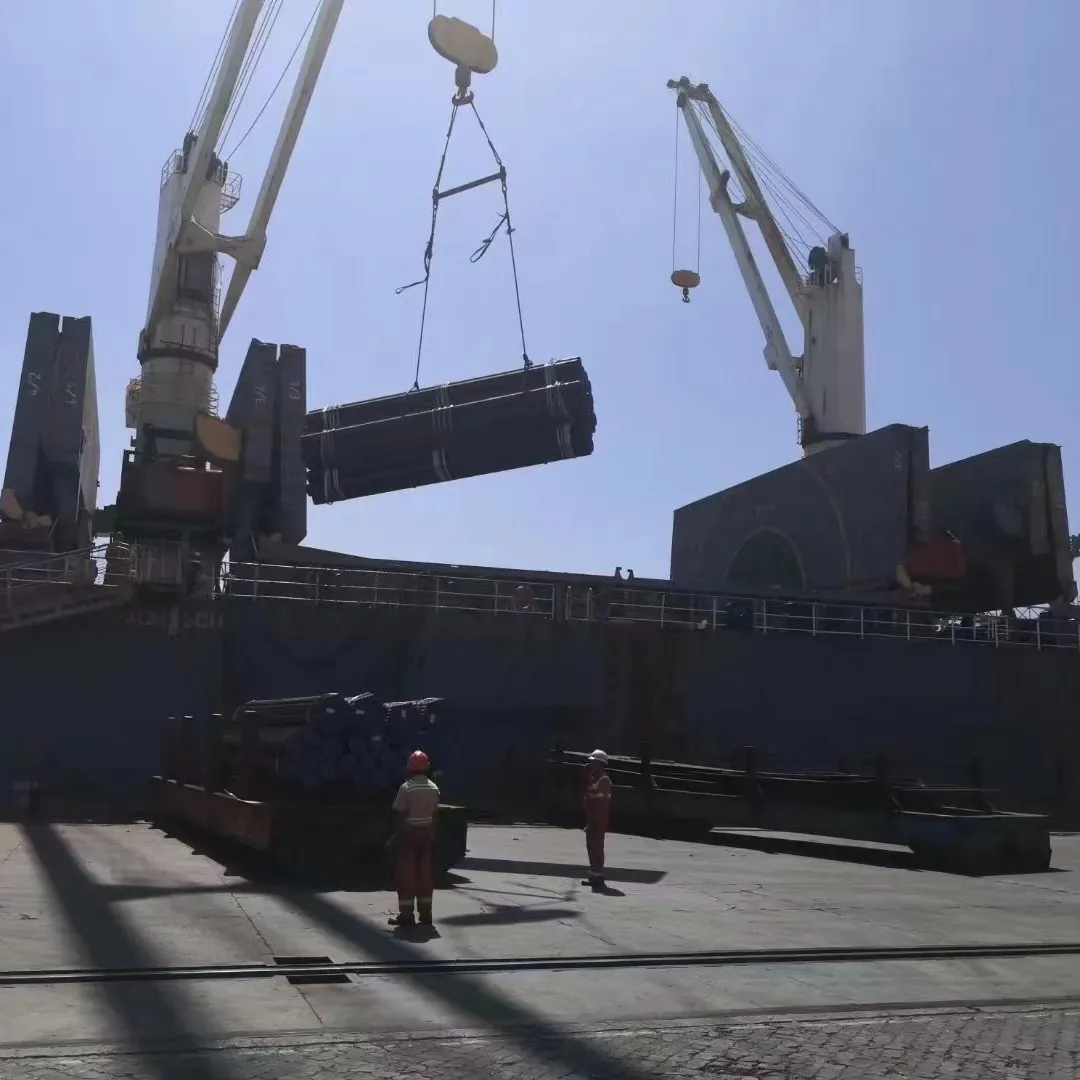-
Cangzhou Yulong Steel Co., Ltd.
-
Phone:
+86 13303177267 -
Email:
admin@ylsteelfittings.com
- English
- Arabic
- Italian
- Spanish
- Portuguese
- German
- kazakh
- Persian
- Greek
- French
- Russian
- Polish
- Thai
- Indonesian
- Vietnamese
- Zulu
- Korean
- Uzbek
- Hindi
- Serbian
- Malay
- Ukrainian
- Gujarati
- Haitian Creole
- hausa
- hawaiian
- Hebrew
- Miao
- Hungarian
- Icelandic
- igbo
- irish
- Japanese
- Javanese
- Kannada
- Khmer
- Rwandese
- Afrikaans
- Albanian
- Amharic
- Armenian
- Azerbaijani
- Basque
- Belarusian
- Bengali
- Bosnian
- Bulgarian
- Catalan
- Cebuano
- China
- China (Taiwan)
- Corsican
- Croatian
- Czech
- Danish
- Esperanto
- Estonian
- Finnish
- Frisian
- Galician
- Georgian
- Kurdish
- Kyrgyz
- Lao
- Latin
- Latvian
- Lithuanian
- Luxembourgish
- Macedonian
- Malgashi
- Malayalam
- Maltese
- Maori
- Marathi
- Mongolian
- Myanmar
- Nepali
- Norwegian
- Norwegian
- Occitan
- Pashto
- Dutch
- Punjabi
- Romanian
- Samoan
- Scottish Gaelic
- Sesotho
- Shona
- Sindhi
- Sinhala
- Slovak
- Slovenian
- Somali
- Sundanese
- Swahili
- Swedish
- Tagalog
- Tajik
- Tamil
- Tatar
- Telugu
- Turkish
- Turkmen
- Urdu
- Uighur
- Welsh
- Bantu
- Yiddish
- Yoruba

Dec . 17, 2024 12:26 Back to list
5d pipe bend dimensions
Understanding 5D Pipe Bend Dimensions A Comprehensive Guide
In the world of piping systems, particularly in industries like oil and gas, petrochemical, and water treatment, the design and fabrication of piping components are crucial for operational efficiency and safety. One of the essential components in any piping system is the pipe bend, which allows pipes to change direction. Among the many specifications that govern pipe bends, the 5D pipe bend dimensions are particularly significant.
What is a 5D Pipe Bend?
The term 5D refers to the radius of the bend in relation to the diameter of the pipe. In a 5D bend, the radius of curvature is five times the nominal pipe diameter. This means that if you have a pipe with a diameter of 2 inches, the bending radius will be 10 inches. The D in 5D stands for the diameter of the pipe, making the calculation straightforward
\[ \text{Bend Radius} = 5 \times \text{Pipe Diameter} \]
This ratio is critical because it helps in determining the bending stress and the flow characteristics of the fluid within the pipe.
Importance of 5D Bends
5D bends are preferred in many applications for several reasons
1. Minimized Pressure Drop A smoother, gradual curvature allows for better fluid flow, reducing friction and minimizing pressure drops across the bend.
2. Reduced Stress on Piping A larger radius reduces the stress and strain on the pipe, which contributes to a longer lifespan as it limits the potential for fatigue failure.
3. Easier Installation Compared to tighter bends, 5D bends facilitate easier installation, especially in situations where space is a constraint.
4. Improved Maintenance Access The more gradual curve allows for better access during maintenance checks, which can save time and labor costs.
5. Compliance with Standards Many engineering standards, including those from the American Society of Mechanical Engineers (ASME), often specify the use of specific bend radii to ensure compliance with safety and performance standards.
Designing a 5D Pipe Bend
5d pipe bend dimensions

When designing a 5D pipe bend, several factors should be taken into consideration
- Material Choice The material of the pipe will affect the bend's performance. Materials must be compatible with the fluid being transported and able to withstand the operational pressures.
- Bend Angle The angle of the bend is also essential. A 90-degree bend, for instance, would require the same radius calculation, but further considerations must be made regarding the overall layout of the piping system.
- Pressure Ratings The pressure rating of the bend should match the system’s specifications to ensure safety and integrity during operation.
- Installation Environment The surroundings where the pipe will be installed may dictate the choice of a 5D bend or a different radius due to spatial constraints or specific application requirements.
Applications of 5D Bends
5D pipe bends are commonly utilized across various sectors, including
- Oil and Gas Pipelines They are crucial in transporting oil and gas over long distances while maintaining pressure and flow efficiency.
- Water Treatment Plants In these facilities, 5D bends help direct water flow through treatment processes without obstructing the movement of contaminants.
- HVAC Systems Proper airflow is essential in heating, ventilation, and air conditioning systems; hence, 5D bends are employed to facilitate smooth transitions in ductwork as well.
- Industrial Manufacturing Many industrial processes utilize piping systems that require bends, and 5D bends serve to optimize these processes.
Conclusion
In summary, understanding the significance of 5D pipe bend dimensions is essential for engineers and designers involved in pipeline construction and maintenance. Their role in ensuring efficient fluid transport, minimizing stress on materials, and facilitating easier installation cannot be overstated. As industries continue to evolve, the importance of precise specifications like 5D bends will remain paramount in achieving operational efficiency and safety across various applications. Whether in new designs or retrofitting existing systems, incorporating 5D bends can lead to improved performance and durability in piping systems.
Latest news
-
ANSI 150P SS304 SO FLANGE
NewsFeb.14,2025
-
ASTM A333GR6 STEEL PIPE
NewsJan.20,2025
-
ANSI B16.5 WELDING NECK FLANGE
NewsJan.15,2026
-
ANSI B16.5 SLIP-ON FLANGE
NewsApr.19,2024
-
SABS 1123 FLANGE
NewsJan.15,2025
-
DIN86044 PLATE FLANGE
NewsApr.19,2024
-
DIN2527 BLIND FLANGE
NewsApr.12,2024
-
JIS B2311 Butt-Welding Fittings LR/SR 45°/90° /180°Seamless/Weld
NewsApr.23,2024











